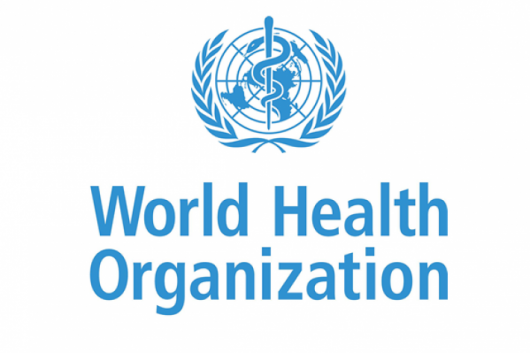Bukola Afeni
Editor
The World Health Organization have launched the Global Strategy to accelerate the Elimination of Cervical Cancer.
WHO Director-General Dr Tedros Ghebreyesus, noted that investing in the interventions to meet these targets can generate substantial economic and societal returns.
According to him, an estimated US$ 3.20 will be returned to the economy for every dollar invested through 2050 and beyond, owing to increases in women’s workforce participation.
He said the figure rises to US$ 26.00 when the benefits of women’s improved health on families, communities and societies are considered.
The Director General added that previously eliminating any cancer would have once seemed an impossible dream, but we now have the cost-effective, evidence-based tools to make that dream a reality.
”We can only eliminate cervical cancer as a public health problem, if we match the power of the tools we have with unrelenting determination to scale up their use globally.
The Global Strategy to eliminate cervical cancer outlines three key steps, which are vaccination, screening and treatment.
Successful implementation of all three agenda could reduce more than 40% of new cases of the disease and 5 million related deaths by 2050.”
WHO Assistant Director-General Dr Princess Nothemba (Nono) Simelela, disclosed that the huge burden of mortality related to cervical cancer is a consequence of decades of neglect by the global health community.
“The narratives can be changed through the availability of prophylactic vaccines; low-cost approaches to screening and treating cervical cancer precursors; and novel approaches to surgical training.” “Through a shared global commitment to the Sustainable Development Goals and leaving no-one behind, the countries of the world are forging a new path to ending cervical cancer. “
“The fight against cervical cancer is also a fight for women’s rights: the unnecessary suffering caused by this preventable disease reflects the injustices that uniquely affect women’s health around the world”.
The COVID-19 pandemic has posed challenges to preventing deaths due to cancer, including the interruption of vaccination, screening and treatment services; border closures that reduced the availability of supplies”.
”It also prevent the transit of skilled biomedical engineers to maintain equipment; new barriers preventing women in rural areas from travelling to referral centres for treatment; and school closures that interrupt school vaccine programmes.”
The health body urged all countries to ensure that vaccination, screening and treatment can continue safely, with all necessary precautions.
Cervical cancer is a preventable disease. It is also curable, if detected early and adequately treated. Yet it is the fourth most common cancer among women globally.




